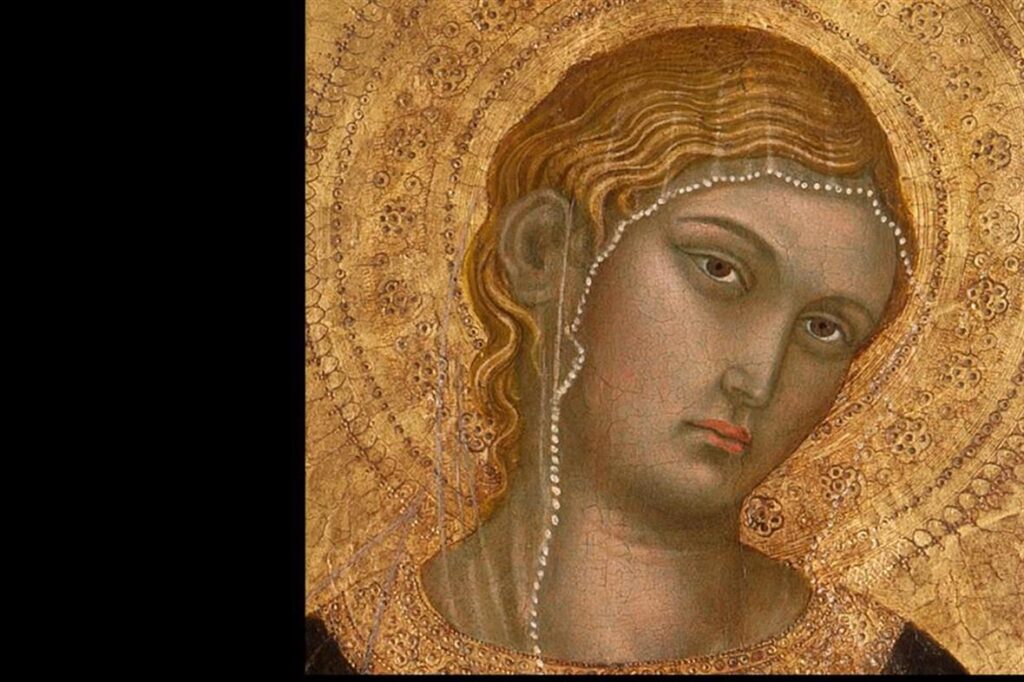
Quote by Henry S. Haskins, American Writer (1875–1957)
What is the difference between a “copy” and a “reconstruction” of a painting?
Much can be learned by copying the great paintings of the past, and the act of copying an artwork can be both a rewarding and a humbling experience. This site is not, however, concerned with copying. A copy of a painting aims to emulate surface effects as they now appear today, complete with degraded/yellowed varnish, overpaint, and discolored or faded pigments. A copyist is generally not restricted by historic processes: e.g. the unforgiving, coarse nature of azurite, the extremely slow-drying properties of cold-pressed linseed oil, and the demanding task of creating a uniform gilded surface. Finally, the act of copying is generally a solitary educational experience, benefiting the individual as opposed to a larger audience.
A reconstruction of a historic painting aims to precisely replicate the exact materials and layering structure used by the original artist to the degree possible. This means that the pigments and binders used to create the reconstruction must be of the same chemical and physical composition as those available to Giotto, Tintoretto, or El Greco. Technical information gained through the collaborative efforts of art historians, scientists, and conservators can also inform us of historical painting practices. Infrared reflectography can reveal an artist’s underdrawing, x-radiographs can show how a panel was constructed, and analysis using x-ray fluorescence is often used to confirm the presence of certain pigments. Finally, cross-sectional “cut-aways” leave a visual record of the layers and processes used in the creation of a painting, allowing viewers to visually participate in each step of the painting process.
The material presented here is a testament to some of the fruitful collaborative efforts between art historians, conservators, and scientists. Such partnerships have uncovered information related to historical painting materials and techniques, workshop practices, and attribution. It is easy to overlook the importance of materials; however, reconstructions may help us to develop a newfound respect for the pigments that have been transformed into masterpieces.
The reconstructions featured on this website are available for educational events, including workshops, symposia, and lecture series. Please consult the Historical Painting Reconstructions page for additional information or contact Kristin deGhetaldi (kdeghetal@yahoo.com) or Brian Baade (bbaade@udel.edu) for more details. The reconstructions that are currently available include:
Giotto – Madonna and Child (National Gallery of Art, Washington)
Carlo Crivelli – Saint Francis Receiving the Stigmata (Portland Museum of Art)
Lorenzo Monaco – Saint Romuald (Philbrook Museum of Art, Tulsa)
Tiepolo – The Triumph of Valor over Time/Preparatory Sketch (Seattle Art Museum)
El Greco – The Holy Family with Saint Anne and the Infant John the Baptist (National Gallery of Art, Washington)
Taddeo di Bartolo – Madonna and Child (Philbrook Museum of Art, Tulsa)
Hans Memling – Saint Veronica/Chalice of Saint John the Evangelist (National Gallery of Art, Washington)
